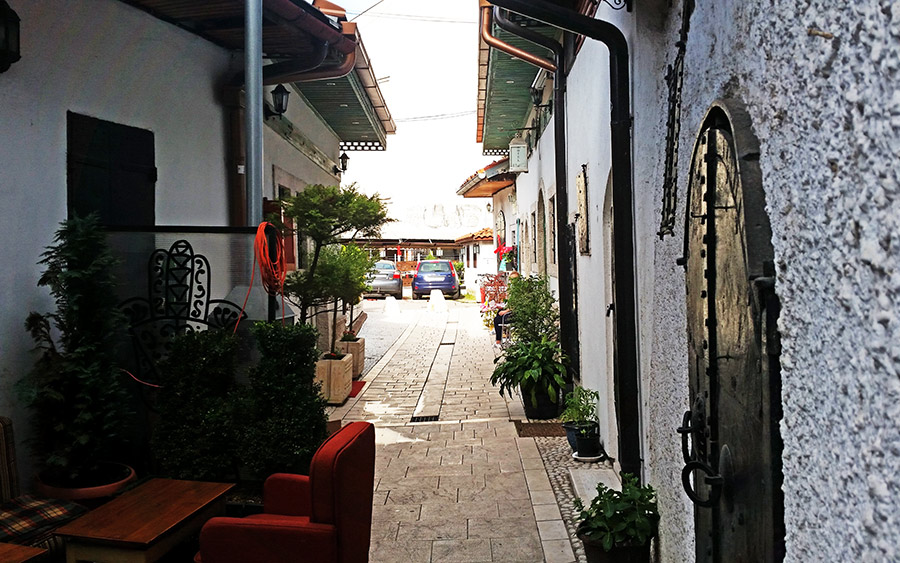Luledžina Street is located in the central part of the Old Town, in the vicinity of Čaršija.
This street was laid out in the 16th century on land belonging to Gazi Isa Bey’s vakuf (endowment). In the 18th century it was called Ibrikčijska Čaršija, since it was on this street that ibrici (Turkish water jugs) were made. It was later renamed Oprkanj. During the Austro-Hungarian period it was called Oprkanjski Mejdan. In 1931 the name of the street changed to Luledžina, after Hajji Hafiz Mustafa Muhić, whose nickname was Luledžija because he had worked as a pipe (lula) maker when he was younger. He was a well-educated man, a famous calligrapher and was the last teacher to work at the trade school which closed its doors in 1912. The street was comprised of two sections: a small central square which was given the name Mali (little) Kazandžiluk and another section in Baščaršija, which ran east-west, took the name that is still in use today – Luledžina.






